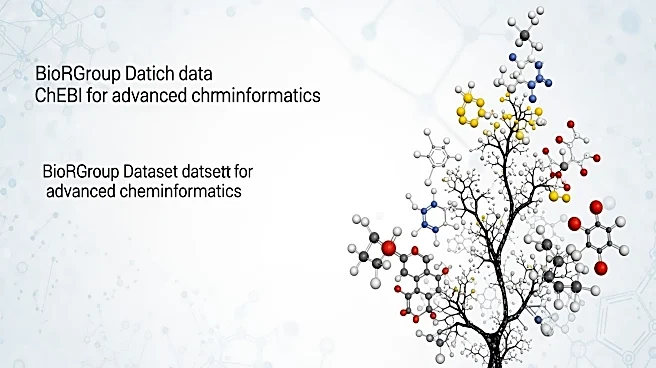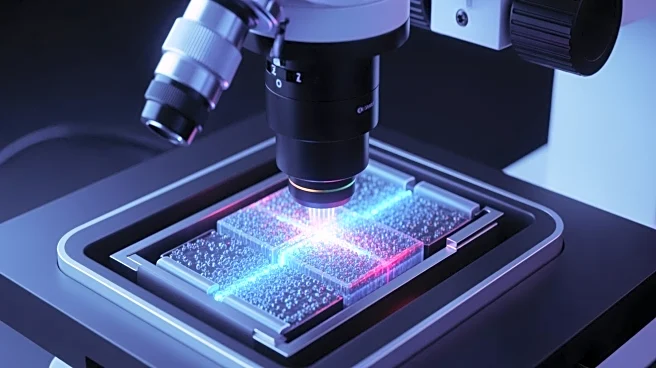What's Happening?
Researchers at the University of Tokyo have pioneered a novel method for creating artificial diamonds without the traditional need for high heat or pressure. This breakthrough involves using electron beams
to transform carbon-based samples into diamonds, while also protecting delicate organic substances from damage. The process utilizes a molecule called adamantane, which has a carbon framework similar to diamond's structure. By exposing adamantane to controlled electron irradiation, the researchers were able to convert it into nanodiamonds. This method not only allows for the direct observation of diamond formation but also opens up new possibilities for imaging and analysis in materials science and biology.
Why It's Important?
This development is significant as it challenges the conventional methods of diamond production, which typically require extreme conditions. The ability to grow diamonds at low pressure using electron beams could revolutionize the field of materials science, offering a more efficient and potentially less costly method of diamond synthesis. This could have wide-ranging implications for industries that rely on diamonds for cutting, grinding, and other applications. Additionally, the method's potential to facilitate controlled chemical reactions could advance research in electron lithography, surface science, and microscopy, potentially leading to innovations in quantum computing and advanced sensor technology.
What's Next?
The researchers suggest that their method could be applied to other organic molecules, potentially leading to new discoveries in chemical reactions and material synthesis. The technique may also provide insights into natural diamond formation processes, such as those occurring in meteorites or uranium-rich rocks. As the scientific community explores these possibilities, further research and experimentation will likely focus on refining the process and exploring its applications in various fields.
Beyond the Headlines
This breakthrough not only represents a significant advancement in synthetic chemistry but also challenges long-held assumptions about the destructive nature of electron beams on organic molecules. By demonstrating that electron beams can induce stable and predictable reactions, this research could reshape how scientists approach chemical transformations and material synthesis, potentially leading to new methodologies and technologies in the future.











